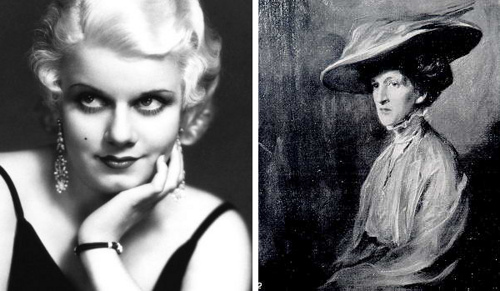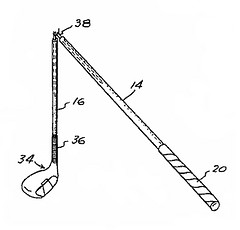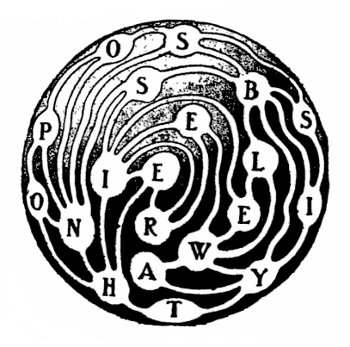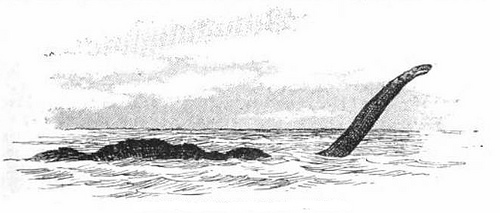A curious phenomenon occurred at the farm of Balvullich, on the estate of Ord, occupied by Mr Moffat, on the evening of Monday last. Immediately after one of the loudest peals of thunder heard there, a large and irregular-shaped mass of ice, reckoned to be nearly 20 feet in circumference, and of a proportionate thickness, fell near the farm-house. It had a beautiful crystalline appearance, being nearly all quite transparent, if we except a small portion of it which consisted of hailstones of uncommon size, fixed together. It was principally composed of small squares, diamond-shaped, of from 1 to 3 inches in size, all firmly congealed together. The weight of this large piece of ice could not be ascertained; but it is a most fortunate circumstance, that it did not fall on Mr Moffat’s house, or it would have crushed it, and undoubtedly have caused the death of some of the inmates. No appearance whatever of either hail or snow was discernible in the surrounding district.
– Scotsman, Aug. 11, 1849, quoted in The Edinburgh New Philosophical Journal, October 1849








